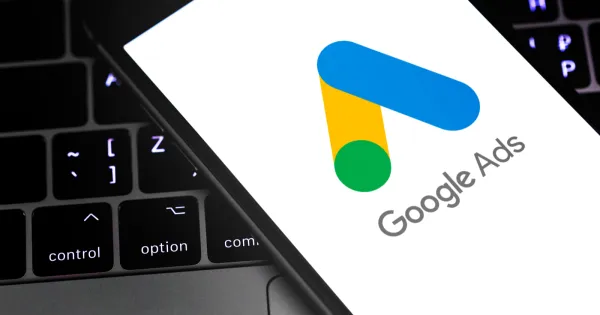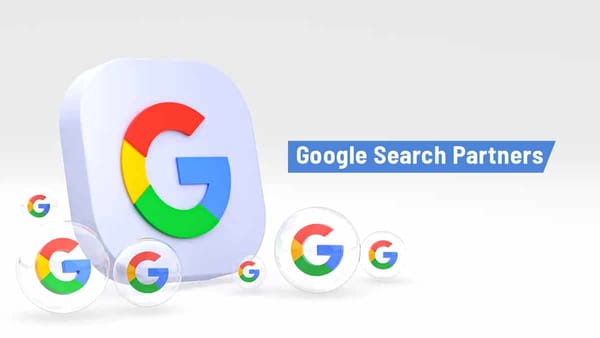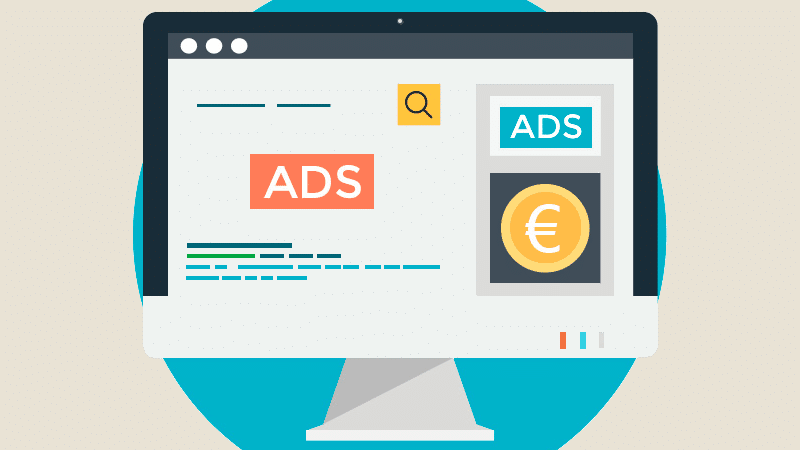A Beginner’s Guide to Getting Started with Google Ads

Introduction
In today’s digital age, online advertising is essential for businesses looking to grow and reach their target audience. Google Ads (formerly known as Google AdWords) is one of the most powerful platforms for this purpose. It allows businesses to display their products and services to potential customers right when they're searching for them on Google.
If you’re new to Google Ads, the platform might seem overwhelming at first. But don’t worry—this guide will break down the basics of Google Ads for beginners, covering how it works, key features, and simple strategies to help you launch your first campaign successfully.
1. What Is Google Ads?
Google Ads is an online advertising platform developed by Google that allows businesses to create ads that appear on Google’s search engine results pages (SERPs), YouTube, Gmail, and across millions of websites in the Google Display Network.
When someone searches for a keyword related to your business, your ad can appear at the top of the search results, giving your brand maximum visibility.
2. How Does Google Ads Work?
Google Ads operates on a pay-per-click (PPC) model. This means you only pay when someone clicks on your ad. Here’s how it works:
- Advertisers bid on specific keywords related to their products or services.
- Google runs an auction every time someone searches for those keywords.
- The auction considers factors like bid amount, ad quality, and relevance to determine which ads appear and in what order.
- If your ad wins, it appears in the search results, and you pay only when someone clicks on it.
3. Key Components of a Google Ads Campaign
To create a successful Google Ads campaign, you need to understand its basic structure:
✅ Campaigns:
The highest level in Google Ads, where you define your advertising goals, budget, and overall strategy.
✅ Ad Groups:
Each campaign can have multiple ad groups. An ad group contains a set of related keywords and ads.
✅ Keywords:
These are the search terms people type into Google. You’ll select keywords relevant to your business to trigger your ads.
✅ Ads:
The actual content that appears to users. A typical Google ad includes:
- A headline
- A description
- A display URL
- A call-to-action (CTA) (e.g., "Shop Now," "Get a Quote," "Learn More")
4. Types of Google Ads Campaigns
Google Ads offers different campaign types to help you reach your goals:
📌 1. Search Campaigns
- Where Ads Appear: On Google search results pages.
- Best For: Businesses looking to drive traffic to their website.
- Example: A bakery running ads for “best chocolate cake near me.”
📌 2. Display Campaigns
- Where Ads Appear: On websites, apps, and Gmail through the Google Display Network.
- Best For: Building brand awareness with visually engaging ads.
- Example: A travel agency showing banner ads on travel blogs.
📌 3. Video Campaigns
- Where Ads Appear: On YouTube and video partner sites.
- Best For: Promoting brand stories with engaging video content.
- Example: A fitness brand running workout tutorials on YouTube.
📌 4. Shopping Campaigns
- Where Ads Appear: In Google Shopping results and search results.
- Best For: E-commerce businesses showcasing products with images, prices, and store information.
- Example: An online shoe store promoting sneakers with product photos and prices.
📌 5. App Campaigns
- Where Ads Appear: Across Google Search, YouTube, Play Store, and apps.
- Best For: Promoting mobile app installs and in-app engagement.
- Example: A game developer advertising a new mobile game.
5. Setting Up Your First Google Ads Campaign (Step-by-Step)
Starting with Google Ads can be simple if you follow these basic steps:
✅ Step 1: Create a Google Ads Account
- Visit ads.google.com and sign up with your Google account.
- Follow the setup prompts to get started.
✅ Step 2: Define Your Campaign Goal
Google Ads will ask about your goal, such as:
- Get more website visits
- Increase sales or leads
- Promote brand awareness
Choose the one that aligns with your business objectives.
✅ Step 3: Choose Your Campaign Type
Select from Search, Display, Video, Shopping, or App campaigns based on your needs.
✅ Step 4: Set Your Budget
Decide how much you’re willing to spend daily. Start small, especially if you’re new, and adjust as you learn what works.
✅ Step 5: Select Your Target Audience
- Choose locations where you want your ads to appear.
- Define demographics like age, gender, language, etc.
✅ Step 6: Pick Your Keywords
- Use Google’s Keyword Planner to find relevant keywords.
- Choose keywords with high search volume and low competition for better results.
✅ Step 7: Write Your Ad Copy
Create compelling ads with:
- Attention-grabbing headlines
- Clear descriptions
- Strong CTAs (e.g., "Sign Up Now" or "Get Your Free Quote")
✅ Step 8: Review and Launch
Double-check your settings, budget, and ad copy.
Click “Publish” to go live!
6. Tips for Beginners to Succeed with Google Ads
🔑 1. Focus on Quality Score
Google assigns a Quality Score to your ads based on relevance, click-through rate (CTR), and landing page quality.
- Higher scores = lower costs and better ad placements.
🔑 2. Use Negative Keywords
Exclude irrelevant search terms with negative keywords to avoid wasting your budget.
- Example: If you sell premium shoes, exclude keywords like "cheap" or "free."
🔑 3. Test Different Ads (A/B Testing)
Create multiple ads to see which headlines, descriptions, and CTAs perform best.
- Optimize based on performance data.
🔑 4. Monitor Your Campaigns Regularly
Check your campaigns often to track performance. Look at metrics like:
- CTR (Click-Through Rate)
- Conversion Rate
- Cost-Per-Click (CPC)
- Impressions
🔑 5. Optimize Landing Pages
Ensure the page users land on after clicking your ad is relevant, fast, and mobile-friendly.
- A good landing page improves conversions and Quality Score.
7. Common Mistakes Beginners Should Avoid
- Not Defining Clear Goals: Know what you want to achieve before creating ads.
- Targeting Broad Keywords: Start with specific keywords to attract the right audience.
- Ignoring Negative Keywords: Not using them can lead to irrelevant clicks.
- Setting and Forgetting: Regular optimization is key to campaign success.
- Focusing Only on Clicks: Track conversions, not just clicks, to measure true ROI.
8. Why Use Google Ads? (Benefits for Beginners)
- Wide Reach: Advertise to billions of people searching on Google daily.
- Budget Control: Set daily budgets that fit your financial plan.
- Measurable Results: Track every click, conversion, and dollar spent.
- Fast Results: Start driving traffic to your website almost instantly.
- Flexibility: Adjust your campaigns anytime based on performance.
Conclusion
Getting started with Google Ads may seem challenging, but once you understand the basics, it becomes a powerful tool to grow your business. By targeting the right audience, optimizing your campaigns, and continuously learning from your data, you can achieve impressive results—even as a beginner.
Remember to start small, test different strategies, and keep refining your approach. Over time, you’ll discover what works best for your business and how to make the most of Google Ads.




